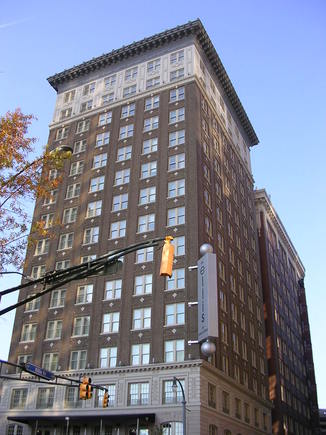 The Toronto Transit Commission (TTC) operates one of the most heavily utilized transit systems in North America, but funding for the agency has been limited. To address the financial situation, the mayor has suggested that the province take over the system and use its stronger balance sheet to finance more improvements at lower borrowing costs than TTC or the City of Toronto could muster. The proposal was raised during the last mayoral campaign, but many questions remain unanswered. An opinion piece by Sevaun Palvetzian lays out some of the outstanding items. There are lots of questions around how a new plan might be carried out. Will the city get any say over what gets built where and when, or how to keep the existing system in good repair? What role will the business sector play? How will the planning and funding of subways fit into the larger transit puzzle with LRTs, buses and other municipalities’ transit? Will the province fairly compensate the city in exchange for debts taken on by the city, given Toronto owns the land, stations and tracks worth billions and has been the primary investor in this system for decades? The transfer of the transit system would include the transfer of the transit system's land holdings, which many believe are valuable assets that should remain in the City's control. Per the Toronto Sun: Outspoken opponent Councillor Josh Matlow said he does not believe the city should be drawn into a process that will help Ford upload Toronto’s subway system, land value and potential air rights. Who will control the development rights, including air rights, around the stations in the future? To achieve the financial benefits of provincial control, locals may have to give up some authority over development. I'll be sure to keep watching this debate over value capture in one of the most dynamic development markets in North America!
0 Comments
 Folks in Omaha are discussing how they'll fund their proposed streetcar, an idea that's been percolating for decades. According to Next City's recent article on Omaha, advocates are pushing hard for an investment in the near future. They're exploring their financing options and ruling out some, but not value capture. What Lund did share in terms of funding is that Omaha already has multiple taxes levied against restaurants and other businesses, so funding the streetcar with taxes on local businesses “is not the road we’re going down.” He expressed interest in a value capture model, a development tool that finances projects based on the value a property will have after a building project is complete. Lund also pointed to a 2016 Financial Assessment that HDR, Inc., a local architecture firm, created, which analyzed 17 possible funding sources and found three combinations of sources that could make the project financially feasible. It will be interesting to see where this conversation takes Omaha and whether, like many other streetcars, value capture plays a role in project funding.
 MARTA is now working with a developer to build on a small downtown parcel where one of the Peachtree Center station entrances is located. According to Maria Saporta, the developer plans to build three stories of commercial retail space on the site, which is adjacent to a hotel property the real estate firm already owns. Not to get too off topic, but the neighboring Winecoff hotel was famous for having one of the deadliest fires in U.S. history. While built as a "fireproof" building (sounds eerily like the Titanic), a 1947 fire proved that the interiors were very flammable and escape routes were inadequate. New building fire codes were developed in response to the fire and several other hotel fires that had killed visitors across several U.S. cities. When I lived in Atlanta, the hotel was a long-forgotten historical landmark that had been vacant for many years. It was generally thought that the building would need to be torn down for the MARTA station site to be large enough for redevelopment. However, the hotel was renovated in the mid-2000's and many thought development on the adjacent MARTA-owned site would be infeasible. Well, welcome to the future! It's now feasible and MARTA is able to capture some value from its downtown real estate. Hope this goes well and I look forward to seeing the progress next time I'm in Atlanta.  The Transit Cooperative Research Program funds and publishes a bunch of interesting research each year. They recently had a call for proposals on a new project: TCRP H-57: Guide to Joint Development for Public Transportation Agencies. Per the RFP: "The objective of this study is to produce a guide that facilitates and enhances the successful delivery of joint development projects. This guide may take a variety of formats but should include requirements, procedures, and tools and techniques for transit agencies that want to pursue or improve their joint development programs. The guide should serve agencies with a range of experience related to land use planning issues and/or in executing complex real estate transactions." Did you submit a proposal? Our team has our fingers crossed! |
AuthorIan Carlton is a transportation and land use expert specializing in transit-oriented development (TOD). He helps clients - including transit agencies, planning departments, and landowners - optimize real estate development around transit. Archives
March 2019
CategoriesSpecial thanks to Burt Gregory at Mithun for permission to use the Portland Streetcar image above.
|
Photo from permanently scatterbrained
 RSS Feed
RSS Feed

